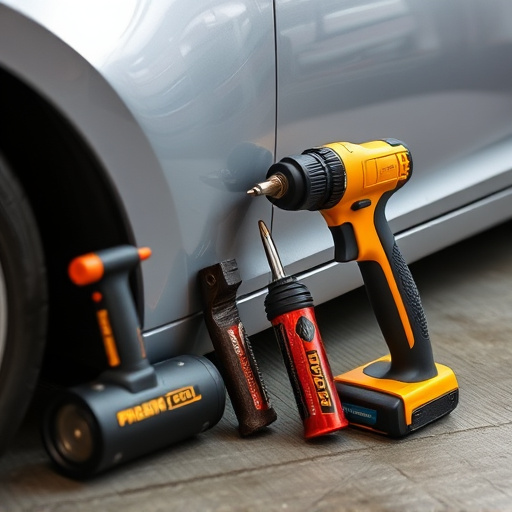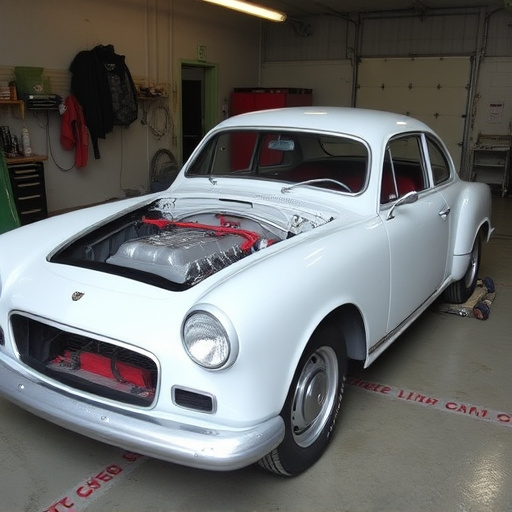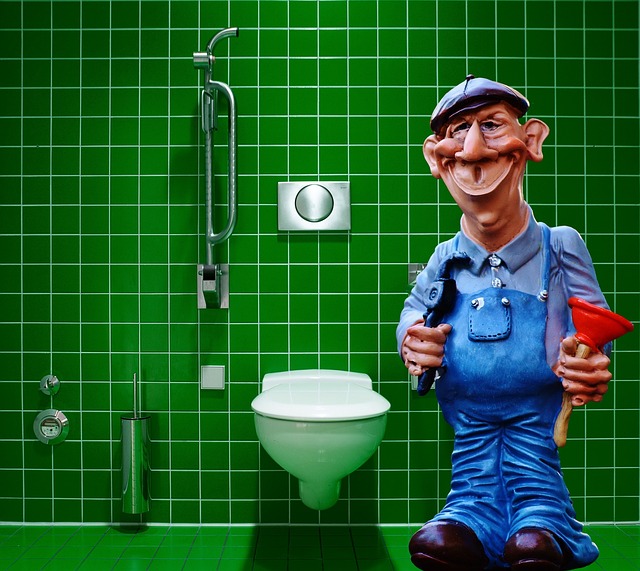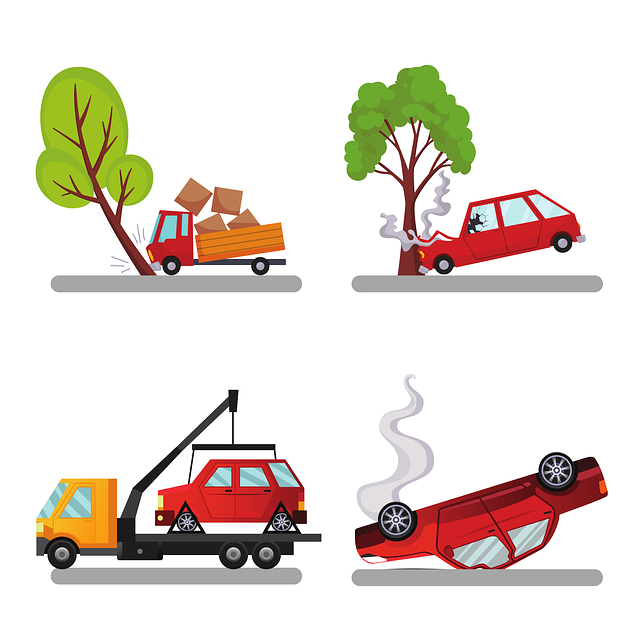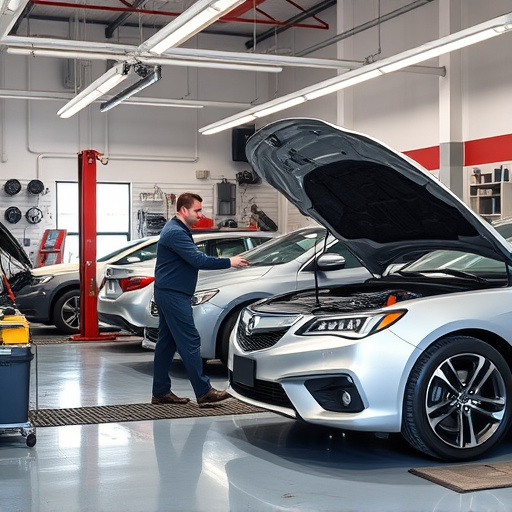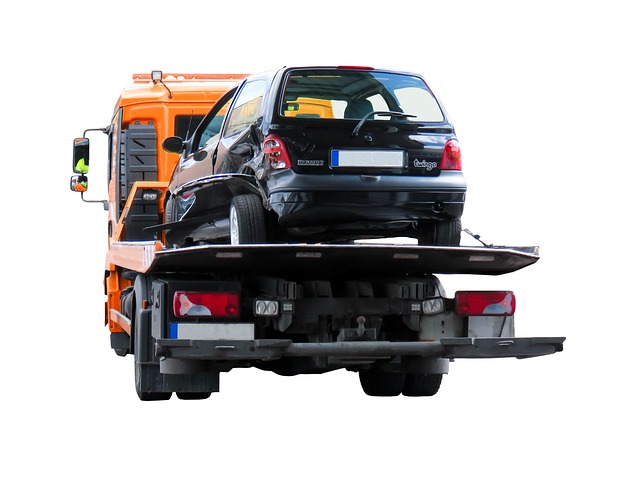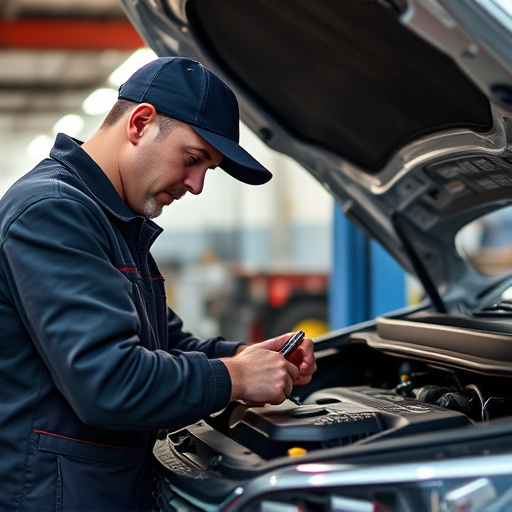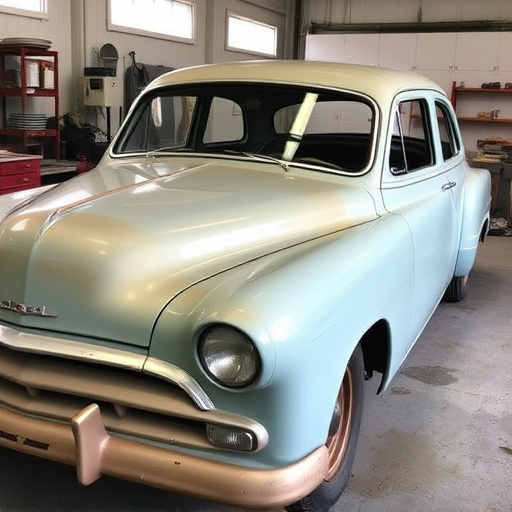Trim restoration collision is a critical service in the automotive industry, offering interior repairs and aesthetic rejuvenation for vehicles. Effective staff training through interactive workshops, simulations, video tutorials, and role-playing enhances communication skills and knowledge transfer. Regular refresher courses ensure technicians can proficiently explain trim restoration benefits, improving customer interactions and satisfaction in a competitive market.
In the realm of automotive service, effectively communicating trim restoration collision benefits to customers is a game-changer. This article delves into the art of training staff to master this crucial skill. We explore the significance of understanding trim restoration collision benefits and how it impacts customer satisfaction. Through effective training methods, we provide strategies for enhancing staff communication, ensuring every interaction leaves a positive impression. Learn how to implement these techniques, measure success, and elevate your business’s reputation in the competitive market.
- Understanding Trim Restoration Collision Benefits
- Effective Training Methods for Staff Communication
- Implementing and Measuring Success in Communication Training
Understanding Trim Restoration Collision Benefits

In the realm of automotive services, understanding trim restoration collision benefits is paramount for both vehicle body shops and car repair shops alike. Trim restoration refers to the meticulous process of repairing and replacing damaged interior components, ensuring that every detail aligns with the vehicle’s original aesthetic and functionality. This becomes especially crucial when dealing with collisions, where not only the external structure but also the intricate trim elements may be affected. By recognizing these benefits, staff in auto body repair facilities can effectively communicate the value proposition to clients.
When a car repair shop successfully executes trim restoration collision services, it offers more than just structural repairs. It provides a holistic approach to vehicle rejuvenation, enhancing the overall customer experience. Proficient technicians are adept at restoring not only the visible parts but also addressing hidden damage, ensuring the vehicle body shop’s work stands the test of time. This level of expertise is what sets apart a good auto body repair service from an exceptional one, fostering client trust and loyalty in the competitive market.
Effective Training Methods for Staff Communication

Effective training methods for staff communication are pivotal when it comes to trim restoration collision benefits. Interactive workshops and hands-on simulations should be at the core of any training program. These dynamic approaches allow staff to experience firsthand the intricacies of vehicle bodywork repairs, including dent repair techniques and precision finishing. By engaging in practical exercises, trainees can better grasp the importance of clear communication during each step of the trim restoration process.
Incorporating real-world scenarios into training also enhances understanding. Role-playing exercises that mimic customer interactions provide valuable practice for explaining collision benefits, addressing concerns, and managing expectations. Additionally, leveraging digital resources such as video tutorials and online modules can offer a comprehensive learning experience. These tools not only cover the technical aspects of vehicle repair but also emphasize effective communication strategies tailored to trim restoration collision services.
Implementing and Measuring Success in Communication Training

Implementing effective communication strategies is key to ensuring staff grasp the intricacies of trim restoration collision benefits and can convey this knowledge to customers. Training sessions should be interactive, utilizing practical examples and role-playing scenarios that mimic real-life interactions with clients. This hands-on approach allows staff to experience first-hand how to articulate complex information in a simple, engaging manner. By encouraging open discussions and providing opportunities for clarification, trainers can address any misconceptions and ensure a comprehensive understanding of the benefits offered by trim restoration collision services.
Measuring the success of communication training involves assessing both knowledge retention and improved customer interactions. Quizzes, surveys, or feedback sessions post-training can gauge staff comprehension of trim restoration and vehicle paint repair concepts. Additionally, monitoring customer satisfaction ratings and the number of successful claims related to collision benefits can demonstrate the tangible impact of effective communication. Regular refresher courses and ongoing support ensure that staff stay updated with industry best practices, reinforcing the skills learned during initial training.
Training staff to communicate the benefits of trim restoration collisions is a strategic move that can significantly enhance customer satisfaction and retention. By implementing effective training methods, organizations can ensure their team members are equipped to explain these benefits clearly and convincingly. Successful communication fosters trust and positions the business as an expert in its field, ultimately driving positive outcomes for both the company and its clients.



